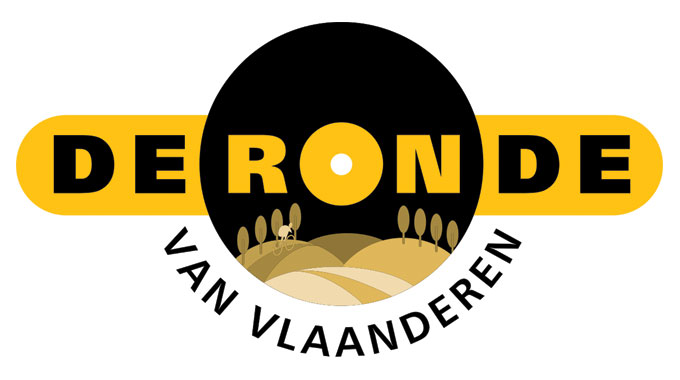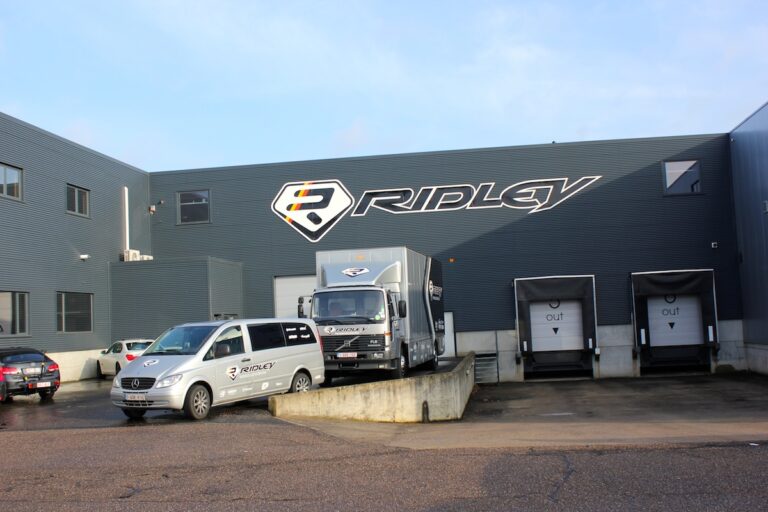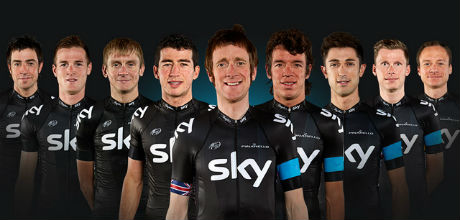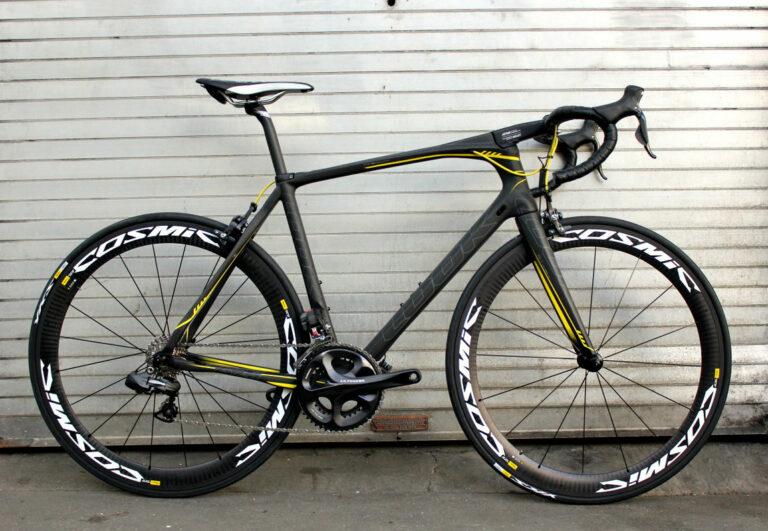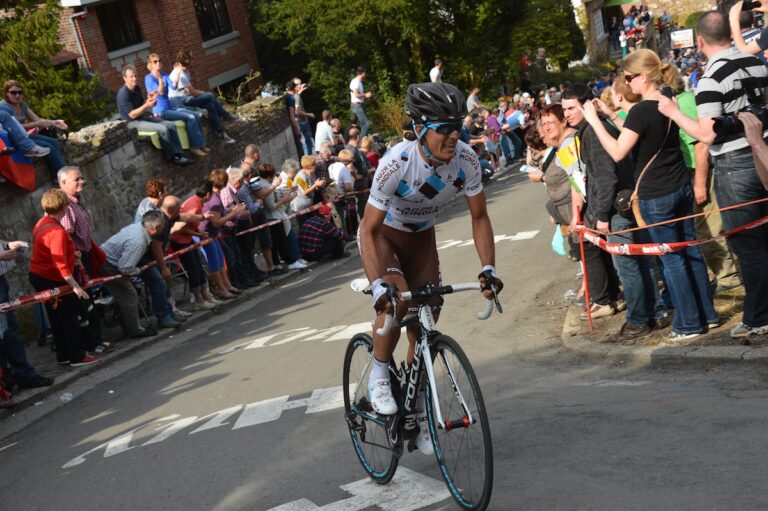The Tour of Flanders, among the most prestigious races on the calendar, will take place for the 97th time on Sunday (March 31).
One of five ‘Monuments’ of professional cycling, the second of this season, a fortnight after Milan-San Remo, victory at the Ronde Van Vlaanderen is on the wish list of every rider.
This year’s race could present a superb encounter between Fabian Cancellara (RadioShack-Leopard), whose victory at E3 Harelbeke last Friday showed a return to his best form, and Peter Sagan (Cannondale Pro Cycling), who on occasions has looked unstoppable, never more so than at Gent-Wevelgem, where he soloed (and wheelied) to victory.
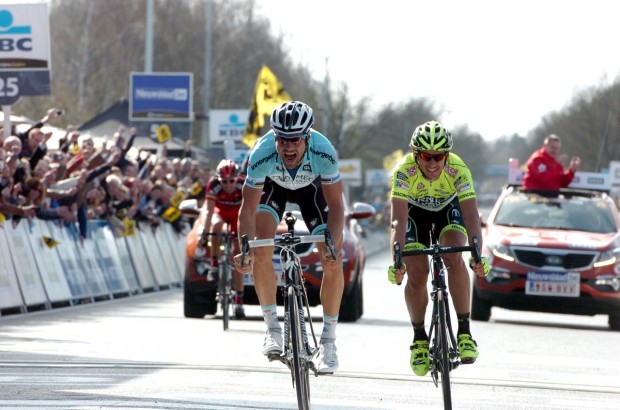
Defending champion, Tom Boonen (Omega Pharma-QuickStep) has been dogged by accidents, illness, and injury this season, and will need a dramatic turn of form and fortune to add a record fourth Ronde victory to his glittering palmares.
Let’s take a look at the course and the contenders for victory.
The route
Race organisers caused outrage last year by dropping the Muur van Geraardsbergen from the parcours and designing a new finish that climaxed with triple ascents of the Oude Kwaremont and Paterberg, as well as one climb of the Koppenberg. The new route found favour with fans and riders, however, if not with the people of Geraardsbergen, and this year’s race, held over a grueling 256km route that begins in Brugge and includes seven cobbled sectors, will again finish in Oudenaarde rather than Meerbeke.
There are 13 separate climbs in this year’s Tour of Flanders, 17 in total, and almost every one is steeped in cycling lore. Most recently, Boonen chose the cobbled incline of the Tainberg, one that peaks at 18 per cent, to launch his first assault on this year’s E3 Harelbeke, before Cancellara began his ride to victory in the same race on the slightly less brutal Oude Kwaremont. Last year, Alessandro Ballan (BMC Racing) and Pippo Pozzato (Farnese Vini-Selle Italia) attempted to ride clear of Boonen on the final ascent of the Paterberg, a cobbled ramp with an average gradient of 12.9 per cent, but the Flandrian held on.
Last year, the trio made their decisive break 18km from the finish on the final ascents of the Kwaremont and the Paterberg. Cancellara, however, had long since crashed out in an accident at a feed station, and the absence from his formidable armoury of a sprint may inspire the Swiss to make his presence felt in advance of the closing 20km this time around.
The eight per cent gradient of the Valkenberg appears at the 160km mark this year, leaving a group able to break clear on its slope with a descent and a flat 10km to build an advantage before the race goes into overdrive with the first of three ascents of the Kwaremont at 182km.
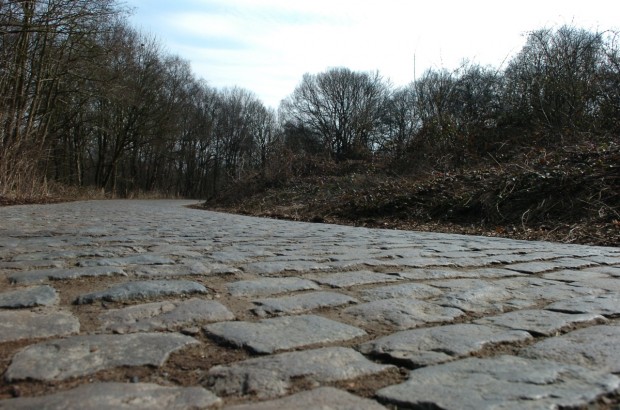
This next period of the race is the toughest: a 27km section including six climbs, five of them cobbled, among them the first two ascents of the Kwaremont and Paterberg, interspersed with the iconic slope of the Koppenburg, a cobbled ramp with a gradient that peaks at 11.6 per cent.
From here to the finish, the course is relentless, with two further ascents each of the Kwaremont and the Paterberg in the closing 37km. The riders will drop off the Paterberg for the final time just 16km from the finish, perhaps marking the starting point of a final bid for victory for those still in contention.
The riders
Tom Boonen (Omega Pharma-QuickStep) is the defending champion, but his chances of a record fourth victory appear slim after a blighted beginning to his 2013 campaign. The Belgian champion, who by this stage last year had already won E3 and Gent-Wevelgem, and would go on to complete a second Ronde-Roubaix double, has suffered an infected elbow that began with an innocuous crash on his mountain bike and almost cost him an arm. A stomach bug followed, and most recently, a knee injury after crashing in Gent-Wevelgem. Tornado Tom, however, cannot be discounted. He knows how to win the Ronde, and will enjoy support from the roadside as well as from a team arguably the strongest in the race.
Fabian Cancellara’s problems began at the Ronde last year, when he crashed in a feed zone, suffering multiple fractures to his collarbone. This season, he is in superb form, narrowly beaten at Milan-San Remo and only then after producing a typical display of aggression and skill on the Poggio to place himself in contention. Five days later, he won handsomely at E3 Harelbeke. This last victory, achieved with an unanswerable attack on the Kwaremont, made at the expense of an elite field containing Boonen and Sagan, is the most indicative of his form for the Ronde.
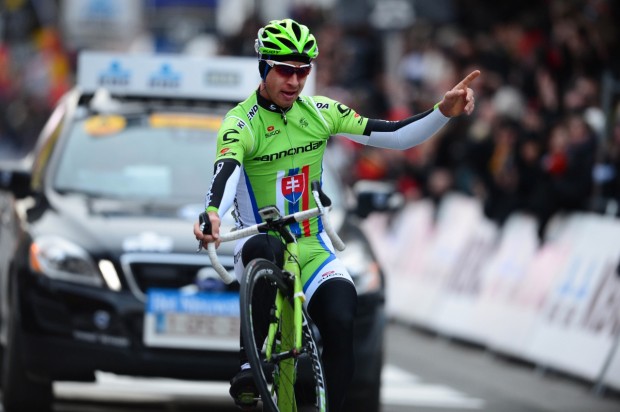
Peter Sagan has appeared able to win at will again this season, scoring two victories on the flat, sunbaked roads of Qatar, winning twice again at Tirreno-Adriatico, the second time by proving himself the strongest on slopes peaking at nearly 30 per cent, soloing and wheelie-ing to victory last week at Gent Wevelgem, before registering a sprint victory over some of the world’s fastest men just days later on the opening stage of the Three Days of De Panne.
Sagan came close to winning his first ‘Monument’ a fortnight ago at Milan-San Remo and will surely start among the favourites in Flanders. His ability to power up short, brutish climbs, never demonstrated with greater authority than on the 27 per cent incline of the Sant’Elpidio a Mare, will surely stand him in good stead in the closing stages on Sunday.
Sylvain Chavanel, long-established as an aggressive and highly competent racer, is starting to look overdue a victory in a one day Classic. Should Boonen falter, Chavanel will represent an extremely strong second card to play for the team management of Omega Pharma-QuickStep.
His performances already this season merit him a place among the contenders for the Ronde. A rare sprint victory at Paris-Nice, a typically gutsy performance at Milan-San Remo in tandem with British champion, Ian Stannard (Team Sky), and most recently, a successful defence of his title at the Three Days of De Panne, proves he has the form, guts, and guile to claim a Ronde victory.
Unlike the aforementioned trio, Chavanel is perhaps not capable of forging victory solely by his own efforts, but he can be relied upon to be in the mix when the chips go down.
Geraint Thomas, like Chavanel, can be considered a contender rather than a favourite. His position at the head of one of the strongest teams in the race, with support from the likes of Boasson Hagen, Eisel, and Stannard, should further his cause. A respectable fourth place at E3 Harelbeke gives a positive indication of current form, and the team’s designated Classics squad, like its stage race outfits, will have continued a policy of training before returning to specific races, rather than continuing an almost unbroken run of competitive engagements (Team Sky did not contest the Three Days of De Panne, for example).
Television
Sunday March 31
11.00-16.00 – LIVE on British Eurosport HD
2000-2200 – highlights on British Eurosport 2

